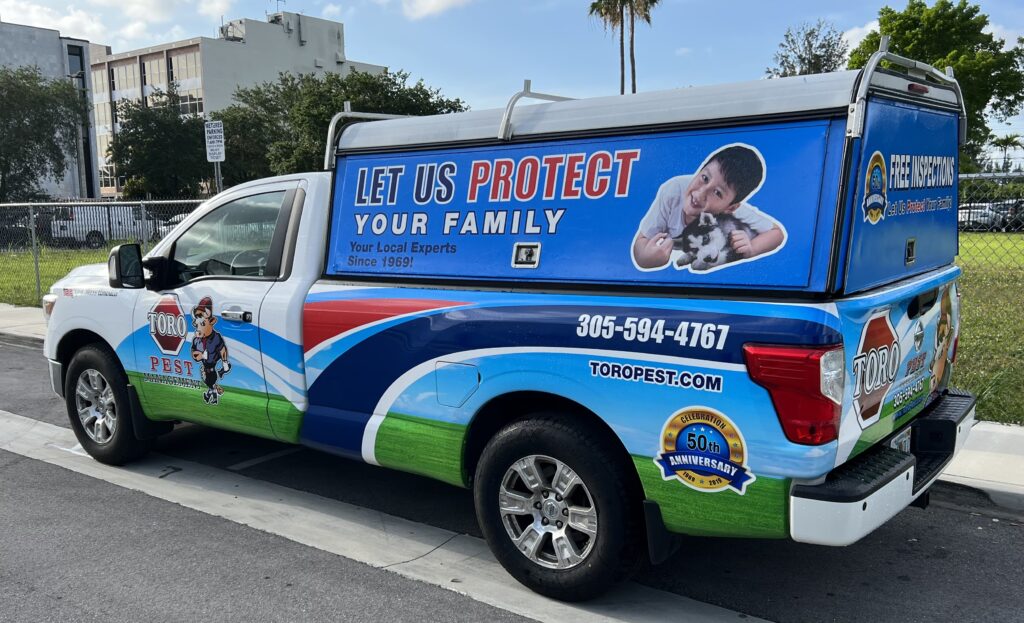Carpenter ants, known for their wood-destroying capabilities, are a common household pest. Understanding their lifecycle, habitat, and habits can provide valuable insights into preventing and controlling their infestations.
Lifecycle
The lifecycle of a carpenter ant is divided into four stages: egg, larva, pupa, and adult. The process, known as complete metamorphosis, starts when the queen lays eggs.
The eggs hatch into larvae, which are fed and cared for by worker ants. After a period of growth, the larvae spin a cocoon around themselves, entering the pupal stage. In the safety of the cocoon, the pupae transform into adult ants. This process from egg to adult can take several weeks to months, depending on the species and environmental conditions.
Habitat
Carpenter ants build their nests in wood, preferring damp, decaying wood but will also tunnel into dry, undamaged wood. Outdoors, they’re often found in tree stumps, logs, or piles of wood. Inside homes, they are drawn to areas with high moisture levels such as bathrooms, kitchens, and attics. They don’t eat wood, but excavate it to create galleries and tunnels for their nests, which can result in significant structural damage over time.
Habits
Carpenter ants are primarily nocturnal, most active at night. They are social insects and live in large colonies with a single queen and many workers. The queen’s primary role is reproduction, while workers gather food, care for the young, and defend the colony.
Their diet is diverse, including living and dead insects, honeydew from aphids, and human food waste. Carpenter ants communicate using pheromones, sounds, and touch, and can travel long distances from their nest in search of food.
Understanding the lifecycle, habitat, and habits of carpenter ants is the first step towards effective pest management. If you suspect a carpenter ant infestation in your home, it’s important to act quickly to prevent significant structural damage. Professional pest control services can provide effective solutions to eliminate carpenter ants and protect your home.



